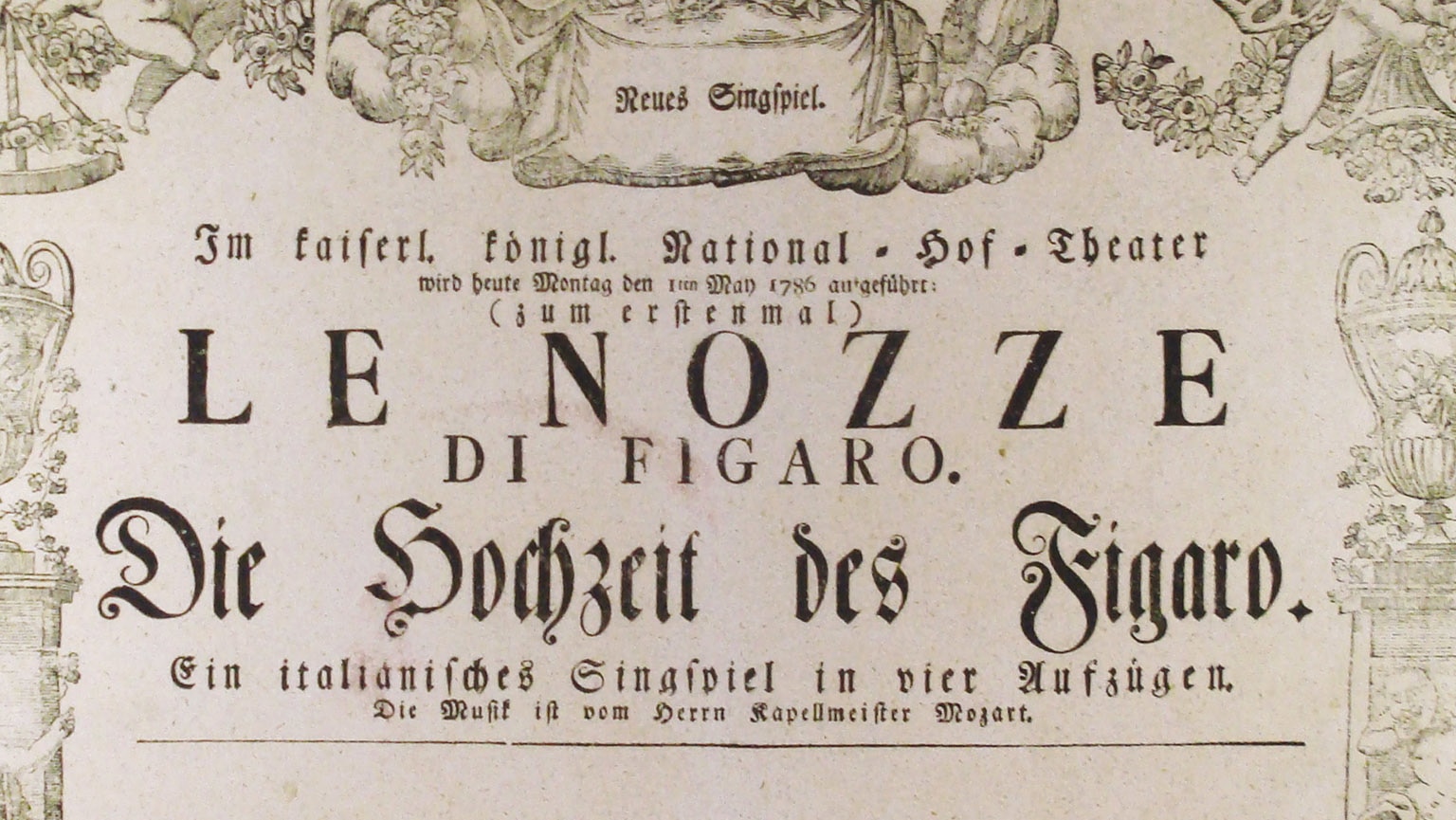Beethoven’s “Choral Fantasy”: A Grand Hybrid
It’s part piano improvisation, part piano concerto, and part grand chamber work. Oh yes, and there’s a full chorus at the end. Beethoven’s Fantasy for piano, vocal soloists, chorus, and orchestra, Op. 80, a piece I played over the weekend, is a fascinating and genre-defying hybrid. It was written for a benefit concert that was performed on December 22, 1808. At the end of the concert, Beethoven pulled together the evening’s disparate forces with this …







